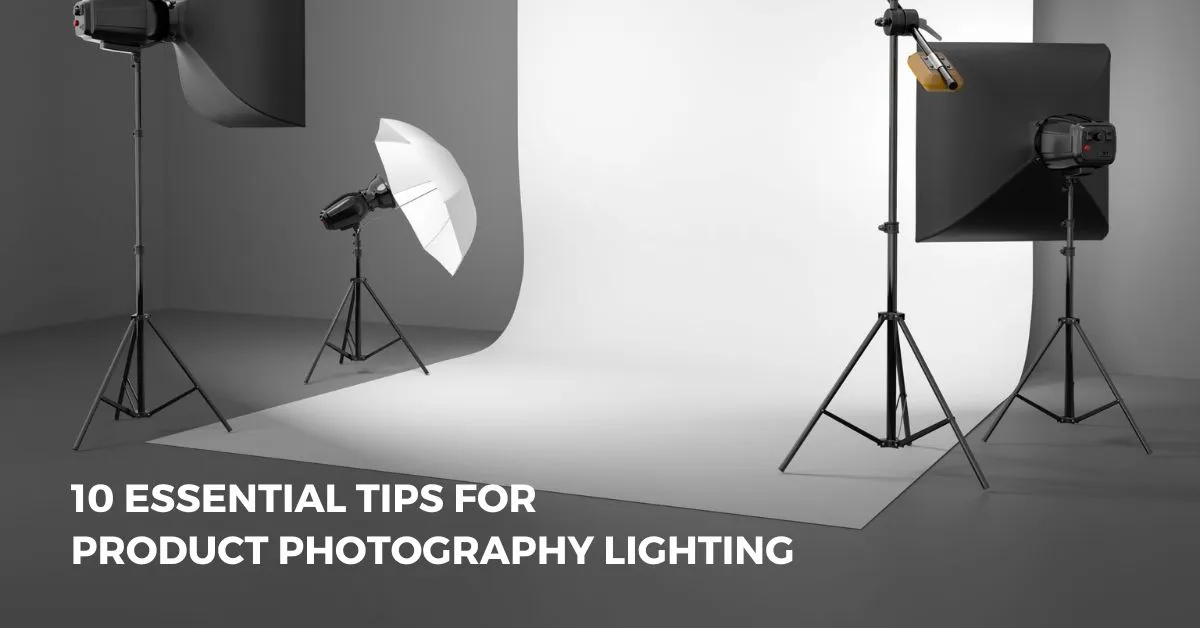


07, August 2023
In the world of product photography, lighting is an art form that can transform a mundane product into a work of art. Whether you're a seasoned photographer or just starting on your photography journey, mastering lighting techniques is crucial to capture stunning product images that make your audience go "wow." In this blog, we'll explore ten essential tips that will help you achieve professional-looking product photography through effective lighting.
Before diving into specific lighting techniques, grasp the fundamental importance of lighting in product photography. Light dictates how your product appears in the image, affecting colors, textures, shadows, and overall appeal. Invest time in learning about different light sources and their properties to make informed decisions during your shoots.
Natural light is a photographer's best friend, especially for product photography. Utilize diffused sunlight by setting up your product near a window. Early mornings and late afternoons offer soft, flattering light that reduces harsh shadows and highlights intricate details.
When natural light is unavailable or insufficient, softboxes come to the rescue. These light modifiers produce even, diffused lighting that minimizes glare and shadows. Consider investing in different-sized softboxes to accommodate various products.
Reflectors are indispensable tools for directing light and reducing harsh shadows. These affordable and portable devices bounce light back onto the product, helping you achieve balanced illumination and adding depth to your images.
Change the angle of your light source to create different effects. Frontal lighting delivers a clean and straightforward look, while side lighting adds dimension and highlights textures. Backlighting creates a stunning rim of light around the product, ideal for showcasing translucent items.
Understanding color temperature is vital for maintaining accurate product colors. Ensure your light sources have consistent color temperatures (measured in Kelvin) to prevent unwanted color shifts in your images.
Overexposed images with clipped highlights can ruin an otherwise perfect shot. Use your camera's histogram to monitor exposure levels, making sure your highlights retain detail without blowing out.
For creative product photography, consider using light painting techniques. By using a small, handheld light source like a flashlight, you can selectively illuminate specific areas of your product, adding drama and emphasis.
Reflections and glare can distract viewers from your product. Use polarizing filters or adjust the position of your light sources to minimize these unwanted elements.
If you're shooting a series of products or creating a product catalog, strive for consistency in lighting across all images. This cohesion helps establish a professional and cohesive brand identity.
Mastering product photography lighting is an ongoing journey that requires practice, experimentation, and an eye for detail. By understanding the nuances of lighting and using tools like softboxes, reflectors, and natural light to your advantage, you can elevate your product photography to the next level. Remember to pay attention to color temperature, exposure, and unwanted reflections to ensure that your images convey the true essence of your products. Now, go forth and let your products shine with the magic of perfect lighting!